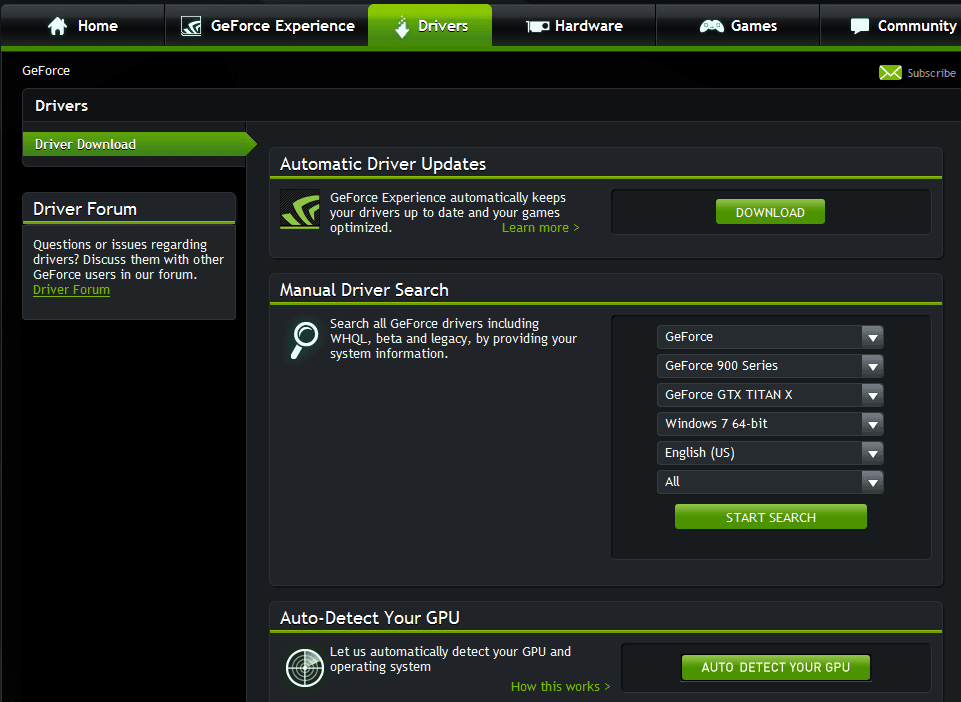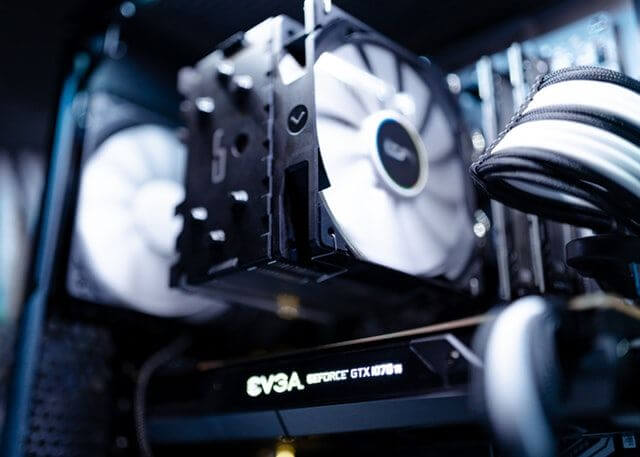


There are usually four main considerations: Make sure your new card will fit with the rest of your setup before you buy, or you might end up needing to get a refund. Graphics cards aren't one-size-fits-all, and the more powerful the card, the more resources it'll draw from the rest of your computer. Restart your computer to complete the process.Make sure your new graphics card is compatible.Your monitor may go black and the resolution may change a few times during the installation. Enable all components and select Perform a clean installation, then click Next to begin the installation.Follow the prompts in the installer until you get to the Installation options screen and select Custom (advanced) and click Next.Run the downloaded exe file with administrator rights.Close down all programs on your computer.This is very helpful when the current driver is causing issues or is not in a stable condition. When enabled, this option takes care of completely removing any evidence of the previously installed version and then installs the new version. No uninstall is required because the NVIDIA driver package has an advanced clean install option built-in. To obtain the latest NVIDIA driver, click here or browse to the following site: Clean Install For more about this specific issue, we have it documented here.

Per a recent Windows 10 issue with external monitors plugged into docking stations, it is recommended that all NVIDIA users to upgrade to the R450 branch or newer. This is a common first step used to troubleshoot graphical performance and instability issues in SOLIDWORKS products. This guide gives instructions for updating or rolling back your NVIDIA graphics card driver to a version certified by SOLIDWORKS for your environment.


 0 kommentar(er)
0 kommentar(er)
